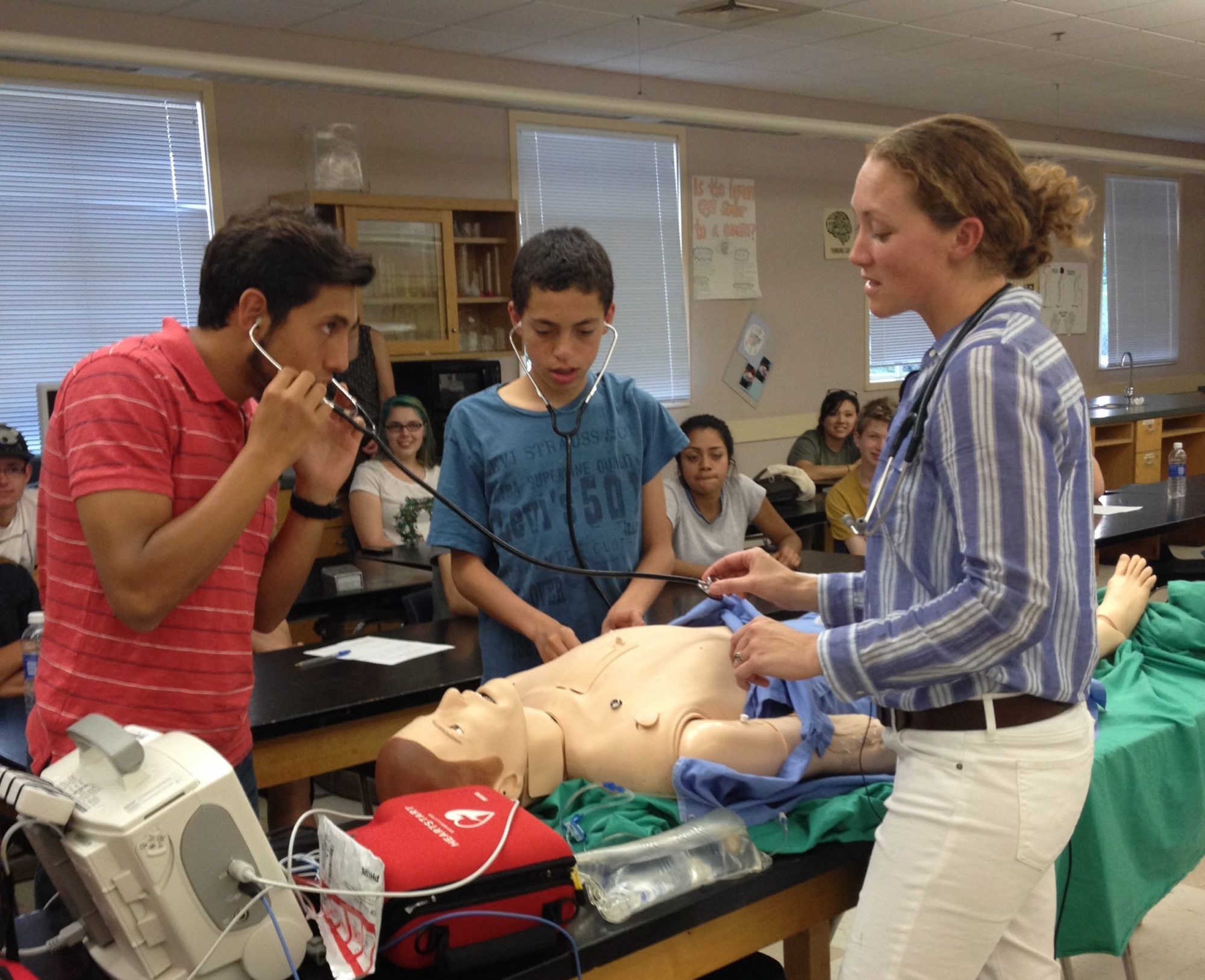By Rachael Metzger, MSS Intern
Ocean acidification is an issue becoming apparent in the effects on both sea creatures and humans. Diara Spain, the Associate Professor of Biology at Dominican University, came to Marin Science Seminar to talk to us about her studies in marine invertebrates and the damage ocean acidification is causing them.
To learn more about Diara Spain and what inspired her studies we conducted an interview:
1. How did you get interested in biology? Is there a time, event,
or person in your life that inspired you to pursue the study?
I’ve always been interested in biology, really science in general. I grew up in rural North Carolina and as a kid it was expected that you’d spend most of your free time outside playing with your friends and pets. One thing that sparked my interest in marine organisms were the summer vacations at the undeveloped beaches in North Carolina.
2. Why did you specifically decide to focus on functional morphology, locomotion in echinoderms, and the mechanical properties of crustacean exoskeletons? How do studying these subjects help expand your view on the ocean and how humans are affecting it?
The essence of functional morphology is “function from form”, this gives us insight into how biological structures can actually work mechanically or physiologically. I find this compelling, especially when you consider marine invertebrates which have a wide array of morphological features. At first glance locomotion in sea cucumbers and properties of crustacean exoskeletons may seem to have little in common, but both topics are based on skeletal support systems which is my major interest. I’ve learned quite a bit about different marine habitats as well as how populations size and species diversity has changed from my studies.
3. What is the most interesting study you have done to date?
I’d have to say my work on locomotion in echinoderms, specifically sea cucumbers. These are very unusual organisms and the average person may not know much about them, but when I describe them it never fails to amaze. My students enjoy watching the time-lapse videos, I actually gave a talk at the seminar several years ago titled “Life in the Slow Lane”. My studies on crustaceans are just beginning but I fully expect some interesting stories in the future.
4. How do you hope the ocean will look in 20 years and what are some steps we can take to get there?
The oceans are important for the functioning of our global ecosystem as well as the global economy. I’d like to see a habitat that is healthier for animals (including humans) to live, play and work.
An example of a smaller step is decreasing the widespread use of disposable plastics while increasing the usage of recyclable/reusable materials. A much larger step is the approval of ocean friendly policies that support conservation and sustainability while restricting damage and pollutants.
5. What is your advice to teens and young adults who want to help preserve our oceans and the creatures that live in it?
The best advice is to become involved, this can be done at multiple levels from local and regional up to globally in a way you feel most comfortable. Every fall there is a International Coastal Cleanup Day, San Rafael’s Volunteer Program coordinates people with specific sites locally. Volunteers and donations are also welcome at marine conservation organizations, some focus on a specific animal like sea turtles or dolphins while others focus on a issue such as ocean pollution or habitat restoration.


